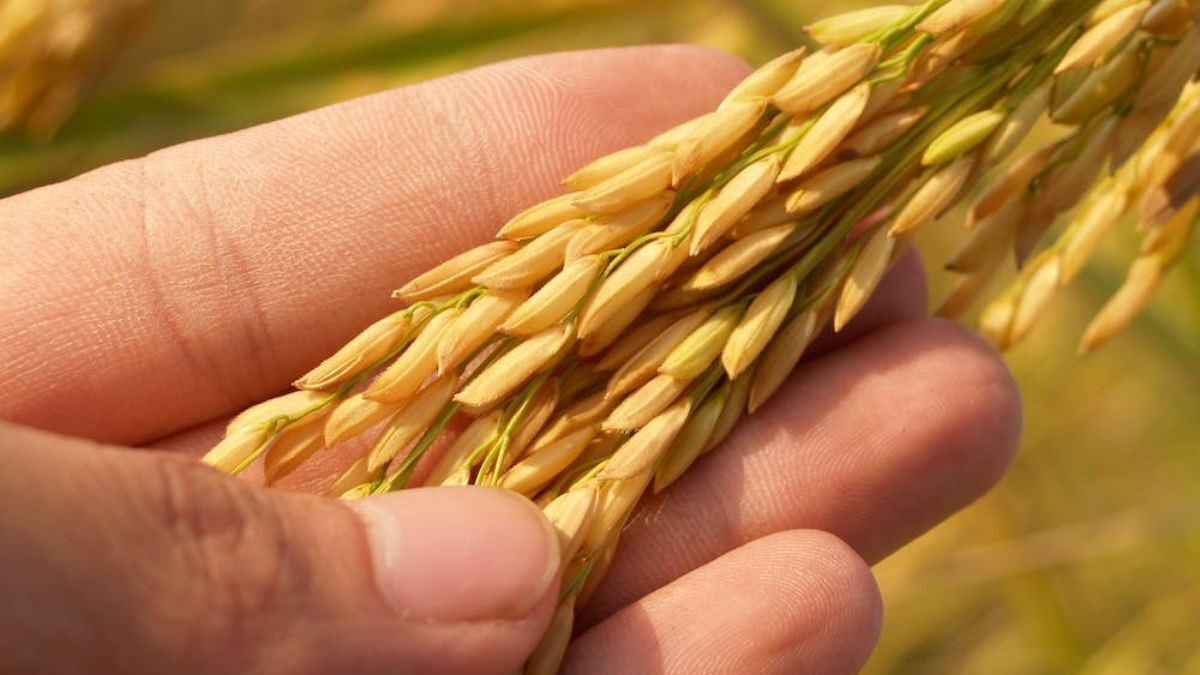- Il topic è vuoto.
- AutorePost
- Aprile 11, 2025 alle 6:13 am #625877

Rice is one of the world’s most important staple crops, and improving its yield and grain quality is essential to meet the growing global food demand. A key factor in achieving these goals is effective nutrient management.
Integrated Nutrient Management (INM) is a holistic approach that combines the use of chemical fertilizers, organic amendments, and biological practices to optimize the use of nutrients in rice cultivation.
By integrating various sources of nutrients, INM can enhance soil fertility, improve rice yields, and produce high-quality grains. This article explores how INM contributes to improving rice production while maintaining sustainability.
1. Balanced Fertilizer Application
One of the core principles of Integrated Nutrient Management is the balanced application of fertilizers. In traditional rice farming, farmers often apply fertilizers based on general recommendations without considering specific nutrient requirements of the crop or the soil. INM promotes the use of soil tests and nutrient management plans to determine the precise amounts of nitrogen, phosphorus, potassium, and micronutrients needed for optimal growth.
By applying fertilizers in balanced amounts, farmers can prevent nutrient imbalances that could harm soil health and crop productivity. This approach helps to maximize rice yields while minimizing environmental pollution caused by over-fertilization.
2. Incorporating Organic Amendments
Organic amendments such as compost, green manure, and farmyard manure play an important role in Integrated Nutrient Management by improving soil structure and enhancing nutrient cycling. These organic inputs increase the organic matter content in the soil, which improves water retention, promotes soil microbial activity, and enhances nutrient availability to rice plants.
When combined with chemical fertilizers, organic amendments improve nutrient use efficiency, reduce nutrient leaching, and maintain soil fertility over the long term. This integrated approach not only boosts rice yield but also improves the overall quality of grains by promoting healthier plants and reducing dependence on synthetic fertilizers.
3. Use of Biofertilizers and Biological Inoculants
Biofertilizers and biological inoculants are increasingly being used in Integrated Nutrient Management to promote rice growth and improve nutrient uptake. These biological products, which contain beneficial microorganisms such as nitrogen-fixing bacteria or phosphorus-solubilizing bacteria, help improve soil nutrient availability and support plant growth.
By introducing these beneficial microbes into the soil or seedbed, farmers can enhance soil fertility naturally and reduce the need for chemical fertilizers. This approach is particularly beneficial for rice cultivation in areas where soil health has been compromised due to continuous cropping or over-reliance on chemical fertilizers.
The use of biofertilizers also improves the grain quality by reducing the accumulation of harmful residues from synthetic fertilizers.
4. Nutrient Recycling and Crop Rotation
Nutrient recycling and crop rotation are integral components of Integrated Nutrient Management. Rice fields can benefit from the use of crop rotation, where rice is alternated with other crops such as legumes or oilseeds.
These crops help fix nitrogen in the soil, reducing the need for synthetic nitrogen fertilizers. Additionally, crop residues from previous harvests can be incorporated back into the soil, returning valuable nutrients and organic matter to the soil.
This not only reduces the need for external nutrient inputs but also improves soil health and structure, fostering a more sustainable farming system. By maintaining a balanced nutrient cycle through rotation and residue management, rice productivity can be enhanced over time, leading to improved yield and grain quality.
5. Precision Nutrient Management
Precision nutrient management involves the use of modern technologies such as soil sensors, remote sensing, and data analytics to precisely monitor and manage nutrient requirements in rice fields. By collecting real-time data on soil nutrient levels, crop growth, and environmental conditions, farmers can apply fertilizers more efficiently and only when needed.
This approach reduces nutrient loss to the environment, improves fertilizer use efficiency, and ensures that rice plants receive the right nutrients at the right time for optimal growth. Precision nutrient management allows for more targeted and sustainable rice farming, leading to higher yields and better grain quality with minimal environmental impact.
In conclusion, Integrated Nutrient Management (INM) is an effective strategy for improving rice yield and grain quality by optimizing nutrient use. By combining balanced fertilizer application, organic amendments, biofertilizers, nutrient recycling, crop rotation, and precision nutrient management, farmers can enhance rice production sustainably.
These practices help improve soil fertility, increase nutrient use efficiency, and reduce the environmental impact of rice farming. As the global demand for rice continues to grow, adopting INM strategies will be crucial for achieving high-quality rice production while maintaining environmental sustainability and food security for future generations.
Read Also: Optimizing Water Management Techniques for Sustainable Rice Production
- AutorePost
- Devi essere connesso per rispondere a questo topic.

